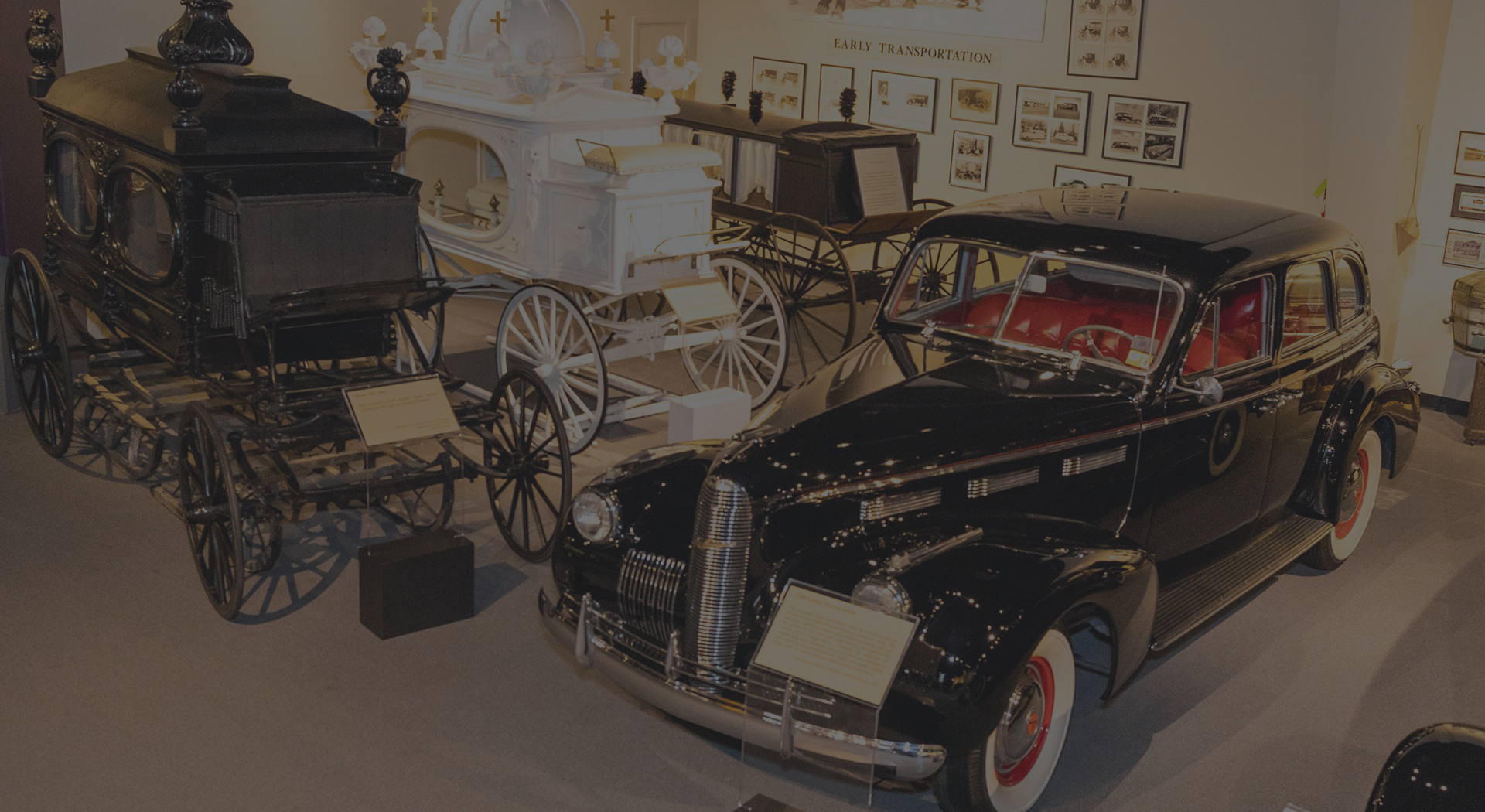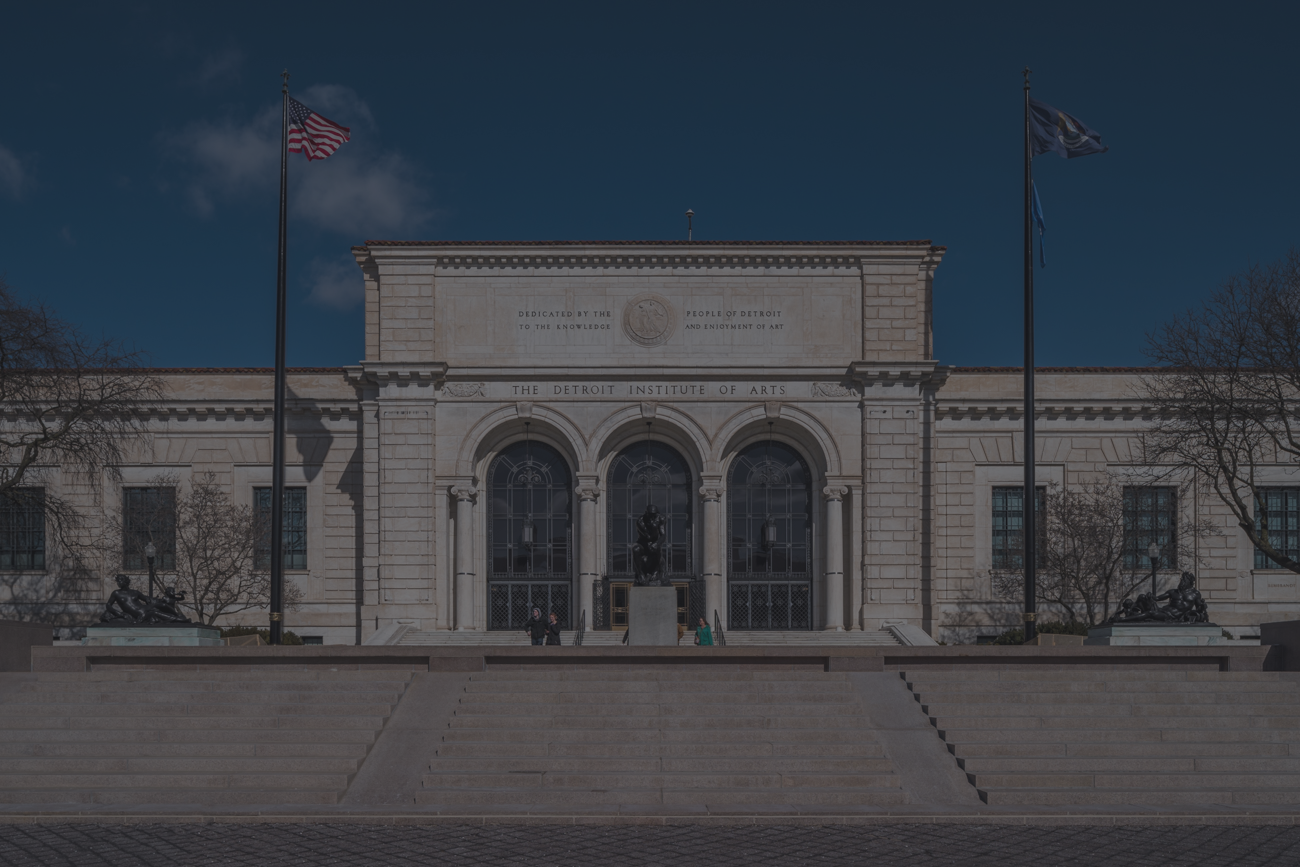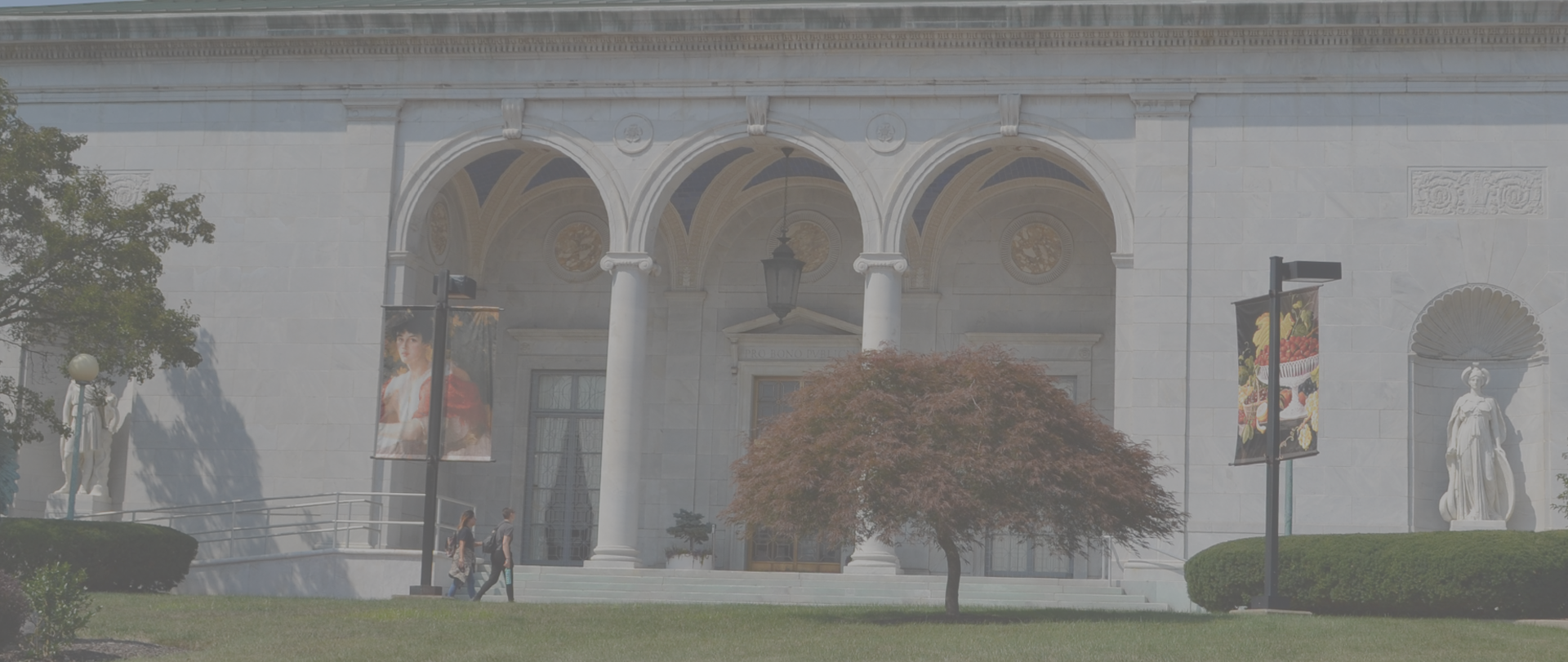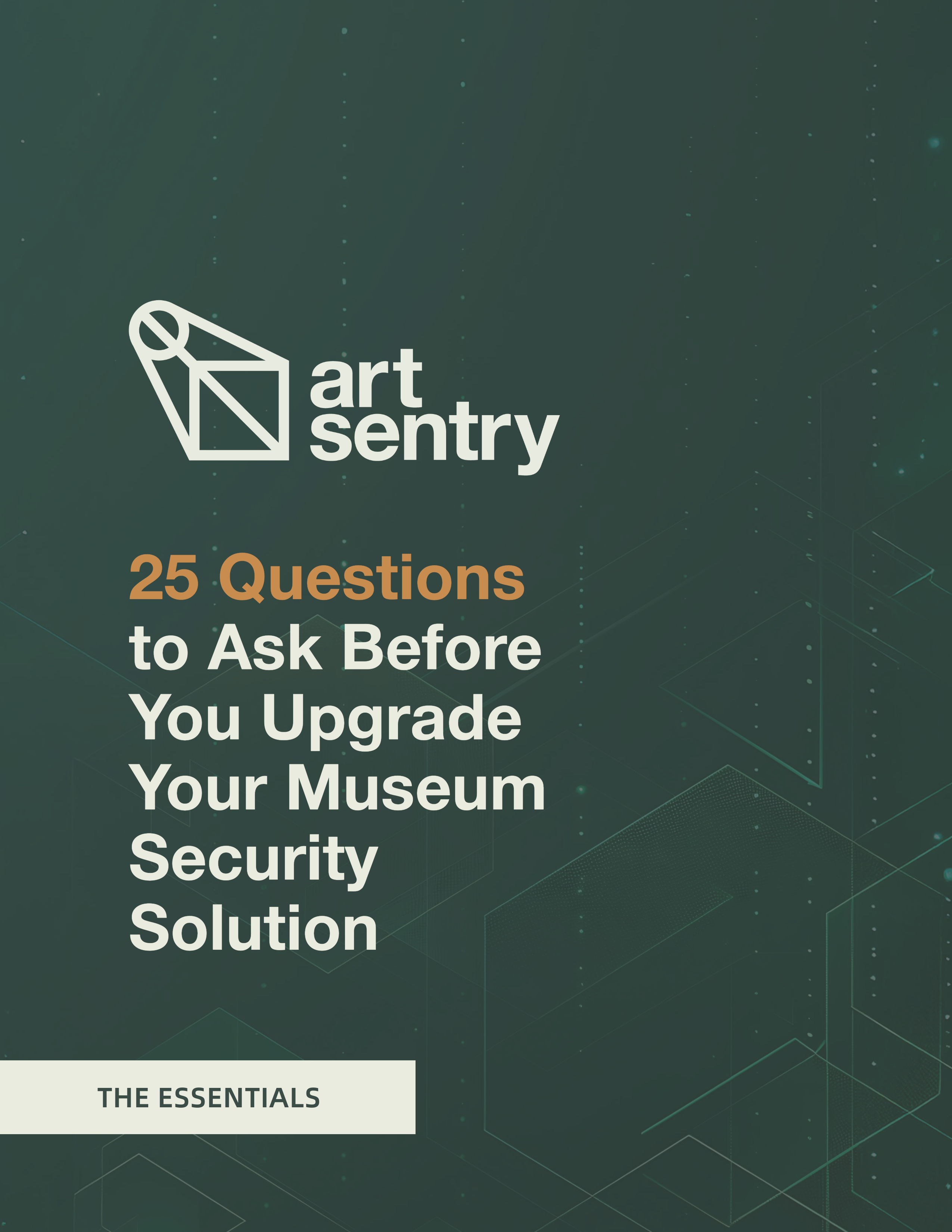introduction
For the Montgomery Museum of Fine Arts (MMFA), a dynamic institution with deep community ties, the security of its collection has always been paramount. But security at MMFA isn’t just about protecting artwork. It’s about preserving the integrity of the visitor experience. In 2022, facing persistent feedback about the intrusive nature of traditional gallery monitoring and recognizing the physical limitations of its historic gallery layout, MMFA sought a new path forward. That path led them to Art Sentry.
Located in the heart of Alabama’s capital city, MMFA serves a wide-ranging audience: from children participating in the beloved ArtWorks interactive gallery to seasoned patrons attending major exhibitions and festivals. With more than 55,000 annual visitors, including over 26,000 engaging directly with interactive exhibits, MMFA is more than a museum—it is a cultural cornerstone.
The implementation of Art Sentry technology has allowed MMFA to not only protect its collection more effectively but to fundamentally change the relationship between security staff and the public. The result is a museum experience that feels more open, more educational, and more human, without compromising safety.
At a glance
Founded: 1930
Location: Montgomery, Alabama
Type: Art museum with a focus on regional, national, and international works
Annual Visitors: 55,000+
Interactive Gallery: ArtWorks draws over 26,000 visitors annually
Funding Model: 77% public (City and County), 23% private and earned income
Security Transformation: 3-phase Art Sentry rollout beginning in 2022
Cameras Installed: Over 75 cameras covering priority collections and blind spots
Key Driver: Replace intrusive, subjective security practices with objective, discreet monitoring
challenge
Balancing Safety, Sensitivity, and Space
Intrusive Security Practices
MMFA received frequent feedback from patrons who found traditional gallery monitoring invasive. Some guests perceived the presence of security staff as overly watchful or inconsistent, leading to discomfort and concerns about fairness. “We wanted to protect the art without our staff having to be the antagonist in the story,” explains India Wilson, Head of Operations. “Our goal was to guide behavior in a more discreet, objective, and respectful way.”
Difficult Architecture
MMFA’s gallery layout—especially in its older wings—features blind corners, tucked-away nooks, and architectural columns that hinder visibility. “It’s a beautiful space for visitors,” Wilson notes, “but difficult for security. Officers sometimes had to physically follow guests into a space, which felt uncomfortable for everyone involved.”
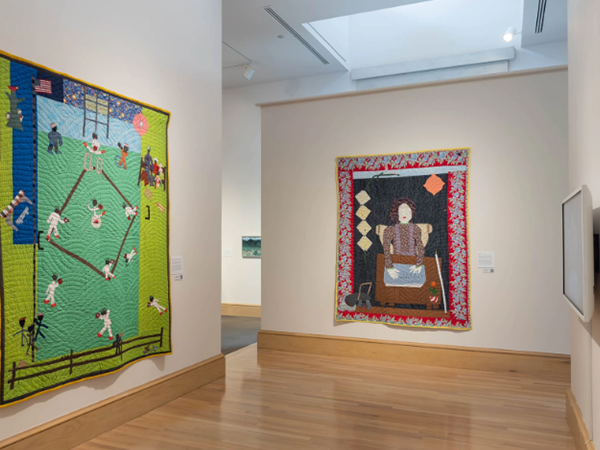
A Shifting Security Philosophy
Traditionally, MMFA’s security team focused on high-visibility patrols and frequent rounds. But as visitor numbers grew and expectations changed, Wilson saw an opportunity to reimagine the department’s role. “Our officers are here everyday, around the clock. They know the collection. They’re not just security officers—they’re part of the museum experience.”
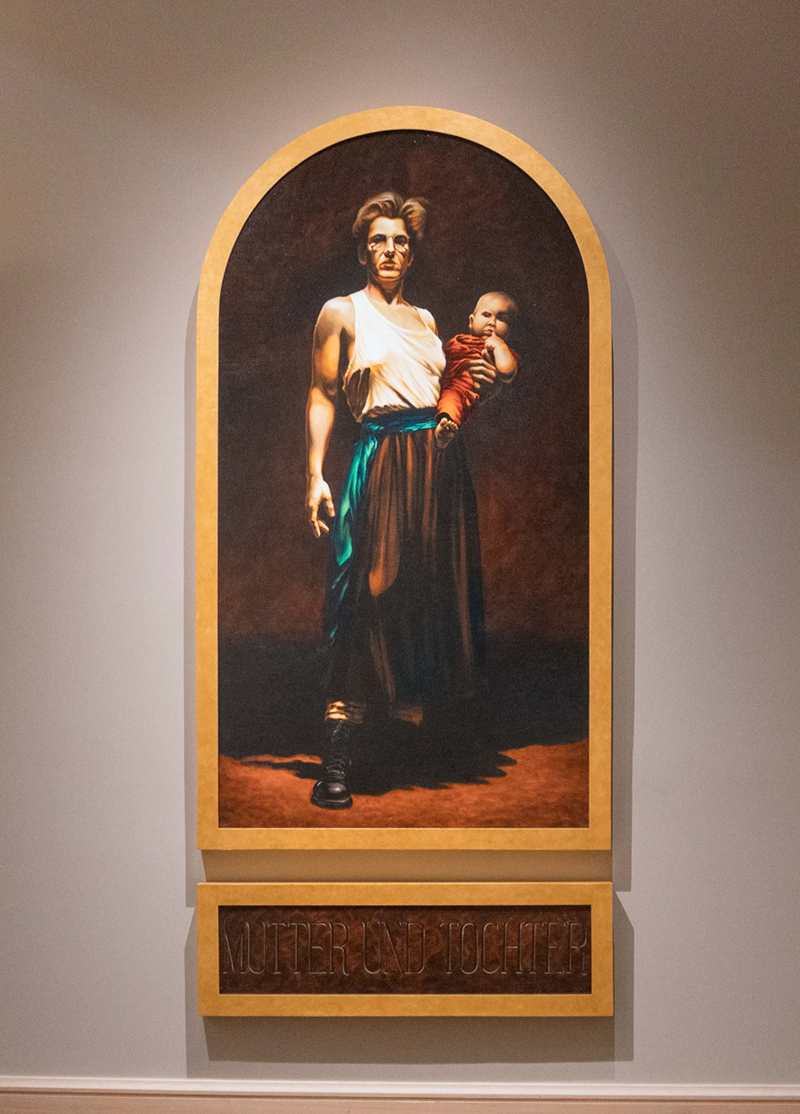
SOLUTION
Strategic Implementation and Institutional Buy-In
Key Requirements
- Objective enforcement to reduce perceived bias
- Expanded visibility in galleries with limited sightlines
- Integration with existing security infrastructure
- Minimal disruption to the visitor experience
- A solution that could be tested before full commitment
Evaluation and Demonstration
Wilson discovered Art Sentry through her own research. “I literally Googled ‘security software that monitors artwork and gives an audible alert’,” she recalls. Art Sentry stood out for its unique ability to monitor visitor proximity to art and issue non-confrontational, real-time alerts.
Determined not to invest in unproven technology, Wilson requested an unprecedented 60-day trial—which Art Sentry extended to 90 days. “That told me everything I needed to know about their commitment to partnership,” she says. “We saw it in action. We knew it would work.”
Collaborative Decision-Making
Wilson led a cross-departmental team through a well-structured evaluation process. She brought in security, maintenance, curatorial, and events staff, plus the museum director. “We agreed on the problems first,” she says. “Then I showed them the solution. Videos, documentation, and more. We turned out the lights and had a cinematic moment. And they were convinced.”
Phased Rollout
With public funding subject to annual approval, the team structured implementation over three phases:
- Phase 1: Focused on the highest-value permanent collection galleries, many of which had already hosted demo installations.
- Phase 2: Expanded into the more complex galleries with structural blind spots and intimate spaces.
- Phase 3A & 3B: Covered high-traffic event spaces and additional problem areas. Due to budget constraints, Art Sentry helped revise the proposal to deliver meaningful coverage within funding limits.
Wilson notes that the museum’s security team, consulting internally with facilities maintenance and IT, did all the wiring in-house, reducing costs significantly, despite the technical challenges of routing cable through an aging building with limited crawlspace access.
To further enhance security, Art Sentry integrated automated alerts and audio warnings into the system. When a security zone is breached, not only does an alarm sound, but an audio warning is also broadcast to notify visitors that they have entered a restricted area. This feature helps deter further encroachment while keeping the interaction non-confrontational.
In addition to protecting interior exhibits, the system includes outdoor surveillance, featuring license plate recognition for tracking vehicles in the museum’s parking lot. This high-tech feature is especially useful for monitoring and identifying suspicious activity, aiding the museum in safeguarding both visitors and property.
Lastly, the system supports remote access, allowing museum leadership to monitor live video feeds from anywhere, ensuring that they can stay informed about security events even when off-sit
Results
The implementation of Art Sentry’s technology led to several improvements, as detailed below.
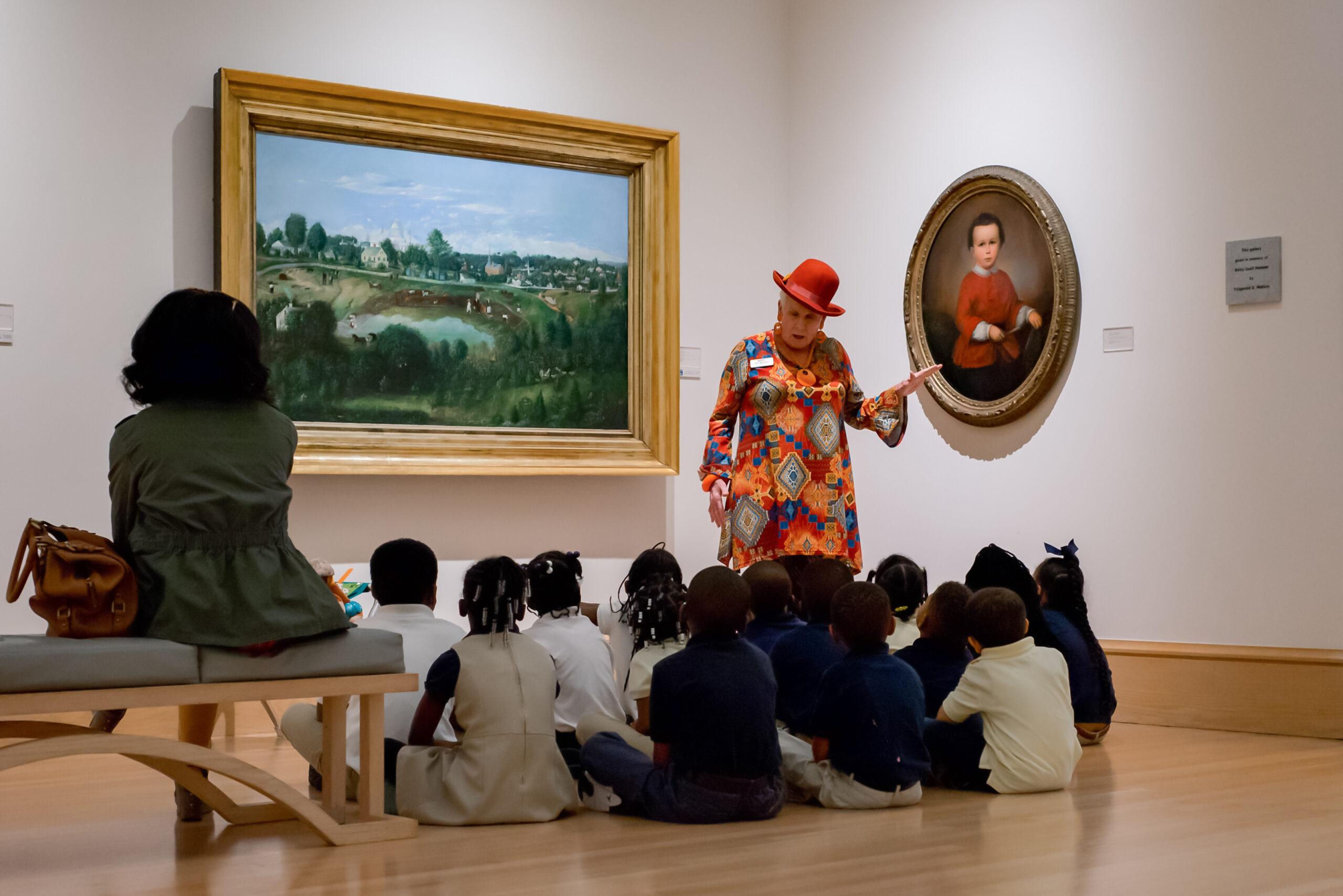
Results
Reduced Tension, Increased Trust
Less Confrontation, More Conversation
Since implementing Art Sentry, complaints about security interactions have dropped dramatically. “It used to be that feedback cards would call out our team,” Wilson says. “Now we are rarely mentioned. Security has faded into the background—in the best way.”
RESULTS
Empowered Staff, Safer Spaces
With Art Sentry handling the first line of behavioral correction, security officers can focus on higher-level responsibilities. “They have the bandwidth now to watch for other risks—facility issues, trafficking concerns, visitor well-being. That’s a huge shift.”
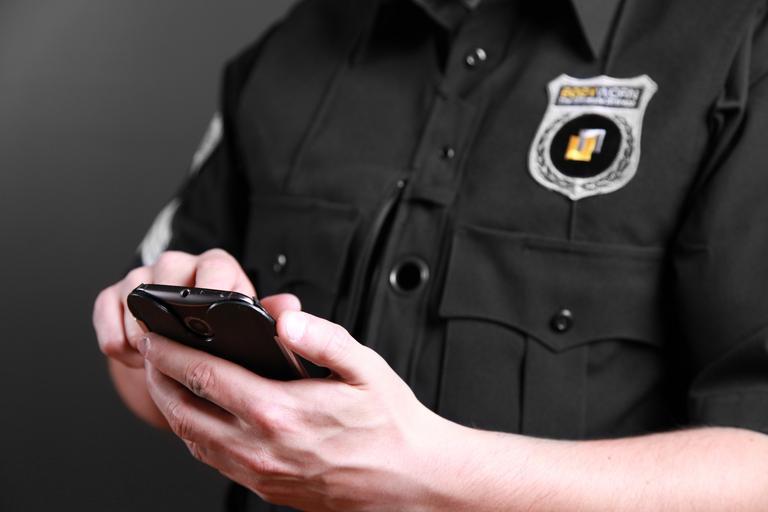
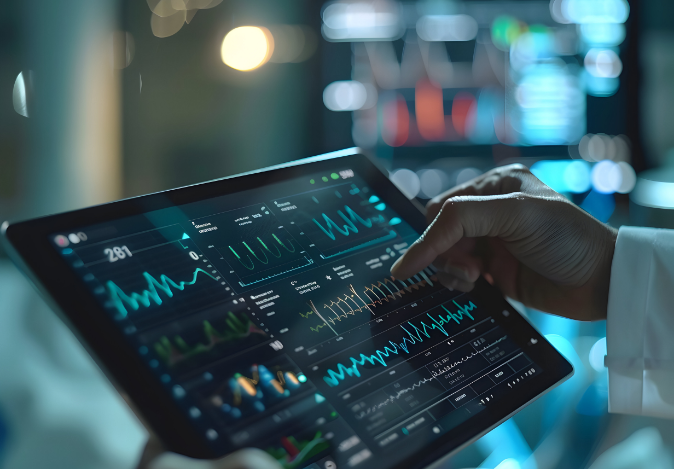
Results
Increased Staff Confidence
MMFA’s security officers are seasoned professionals—many of them nearing retirement. “Some were nervous about learning a new system,” Wilson admits. “But with training and support, they’ve embraced it. There’s a pride in mastering something new.”
Looking Ahead: A Platform for Growth
Art Sentry now protects most of MMFA’s permanent collection galleries. Temporary exhibition spaces, which change quarterly, are not yet covered. Wilson sees the system as a long-term partner in MMFA’s growth.
“As we expand our collection and develop new exhibitions, Art Sentry will help us ensure the same standard of security without sacrificing visitor experience. It lets us be both open and protected. It helps us do more with the team we already have.”
What started as a technical fix has become a foundation for institutional transformation. At MMFA, security is no longer a barrier to connection. With Art Sentry, it’s a bridge.

